| |
Planets
|
|
c. Students know how to use astronomical units and light years as measures of
distances between the Sun, stars, and Earth.
d. Students know that stars are the source of light for all bright objects in
outer space and that the Moon and planets shine by reflected sunlight, not by
their own light.
e. Students know the appearance, general composition, relative position and
size, and motion of objects in the
solar system, including planets, planetary satellites,
comets, and
asteroids originally thought to be stars are now known to be distant galaxies.
|
| |
The Nine planets are currently known in the solar system:
Mercury, Venus, Earth, Mars, Jupiter, Saturn, Uranus, Neptune, and
Pluto.
They vary greatly in size and
appearance.
-
For example,
the
mass of Earth is 6
×
1024
kg and the radius is 6.4
×
106
m.
-
Jupiter has more than 300 times the mass of Earth, and the
radius is ten times
larger.
The
planets are very different in their
-
Distance to the Sun
-
Period of Reolution about the Sun
-
Period of rotation about their
own axis
-
Tilt of their axis
-
Composition
-
Appearance.
The composition of the planets falls into two main categories:
-
The inner planets (Mercury, Venus, Earth, and Mars) tend to be relatively
small and are composed primarily of rock.
-
The outer planets (Jupiter, Saturn, Uranus, and Neptune) are generally much
larger and are composed primarily of gas
-
Pluto is composed primarily of rock and is the smallest planet in the solar
system
Their size varies greatly:
-
All the planets are much smaller than the Sun.
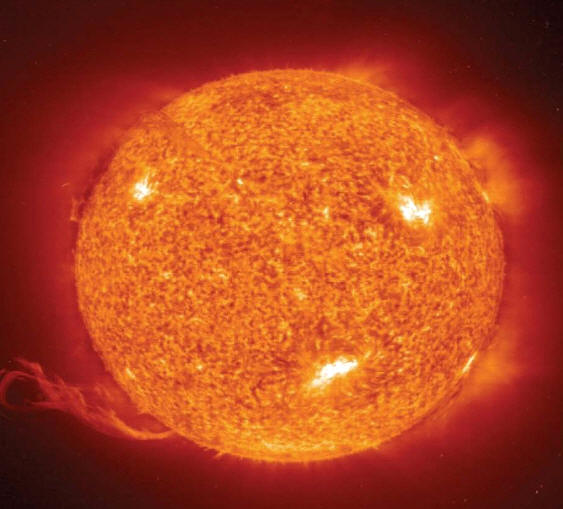 |
|
Spectral Type of Star |
G2 V
|
|
Age
|
4.5
billion years |
|
Mean
Distance to Earth |
150
million km |
|
Rotation Period (at equator) |
26.8
days |
|
Rotation Period (at poles) |
36
days |
|
Diameter |
1.4
million km |
|
Mass
|
1.99
x 1030 kilograms |
|
Composition (number of atoms) |
92.1%
Hydrogen, 7.8% Helium |
|
Temperature (photosphere) |
5,780
K |
|
Energy Output (luminosity) |
3.83
x 1033 ergs/sec |
|
 |
|
Namesake |
Messenger of the Roman Gods |
|
Mean
Distance from Sun |
57.9
million km |
|
Orbital Period |
88
days |
|
Orbital Eccentricity |
0.206
|
|
Orbital Inclination to Ecliptic |
7˚
|
|
Inclination of Equator to Orbit |
0˚
|
|
Rotational Period |
58 d
39 m |
|
Diameter |
4,879
km |
|
Mass
|
0.06
of Earth’s |
|
Density |
5.43
g/cm3 |
|
Gravity |
0.38
of Earth’s |
|
Atmosphere (primary components) |
Oxygen, Sodium, Helium |
|
|
Namesake
Roman
Goddess of Love and Beauty
Mean Distance from Sun
108.2
million km
Orbital Period
224.695 days
Orbital Eccentricity
0.007
Orbital Inclination to Ecliptic
3.4˚
Inclination of Equator to Orbit
177.3˚
Rotational Period
243 d
(retrograde)
Diameter
12,100 km
Mass
0.82
of Earth’s
Density
5.24
g/cm3
Gravity
0.91 of Earth’s
Atmosphere
(primary component) Carbon Dioxide
Mean Temperature at Solid Surface
457 ˚C
Number of Moons
0
Number of Rings 0 |
|

|
Significant Dates
|
|
1962 |
Mariner 2
(U.S.) flew by Venus; verified high temperatures. |
|
1970 |
Venera 7
(U.S.S.R.)
soft-landed on Venus. |
|
1972 |
Venera 8
(U.S.S.R.)
landed on Venus; transmitted nearly an hour of data. |
|
1974 |
Mariner 10
(U.S.), bound for Mercury, flew by Venus; tracked global |
|
|
atmospheric circulation with visible and ultraviolet imagery.
|
|
1975 |
Venera 9
(U.S.S.R.)
sent the first surface pictures of Venus via its |
|
|
orbiter. |
|
1978 |
Pioneer Venus Orbiter
(U.S.) radar mapped Venus; Pioneer Venus |
|
|
Multiprobe
(U.S.) dropped four probes through Venusian clouds. |
|
1983 |
Venera 15
and 16 (U.S.S.R.) provided high-resolution mapping radar
|
|
|
and atmospheric analyses. |
|
1984 |
Vega 1
and 2 (U.S.S.R.) dropped off landers and balloon probes at
|
|
|
Venus while en route to Halley’s comet. |
|
1989 |
Magellan
(U.S.) was launched toward Venus. |
|
1990–94 |
Magellan
(U.S.) mapped 98 percent of the surface of Venus using |
|
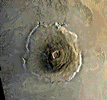 |
|
Mean Distance from Sun |
149,597,890 km |
|
|
(1
astronomical unit, or AU) |
|
Orbital Period |
365.26 days |
|
Orbital Eccentricity |
0.0167 |
|
Orbital Inclination to Ecliptic |
0.00005° |
|
Inclination of Equator to Orbit |
23.45° |
|
Rotational Period |
23
h 56 m |
|
Diameter |
12,756 km |
|
Mass |
5.9742 x 1027
g
|
|
Density |
5.515 g/cm3
|
|
Gravity |
980 cm/s2
|
Mean Temperature at Surface 15 °C
Number of Moons 1 Number of Rings 0
Atmosphere (primary components) 78% nitrogen,
21% oxygen,
1% other
|
| |
|
| |
|
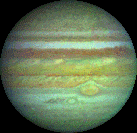 |
|
| |
 |
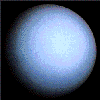 |
|
| |
 |
 |
|

VENUS
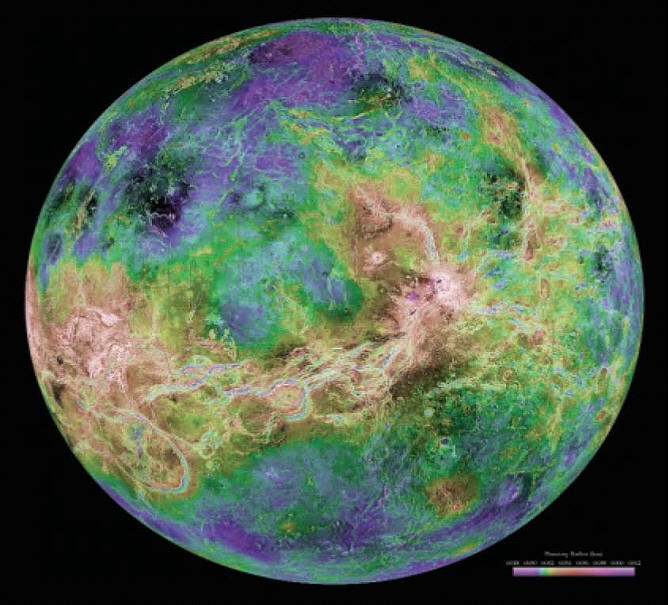
EARTH
MARS
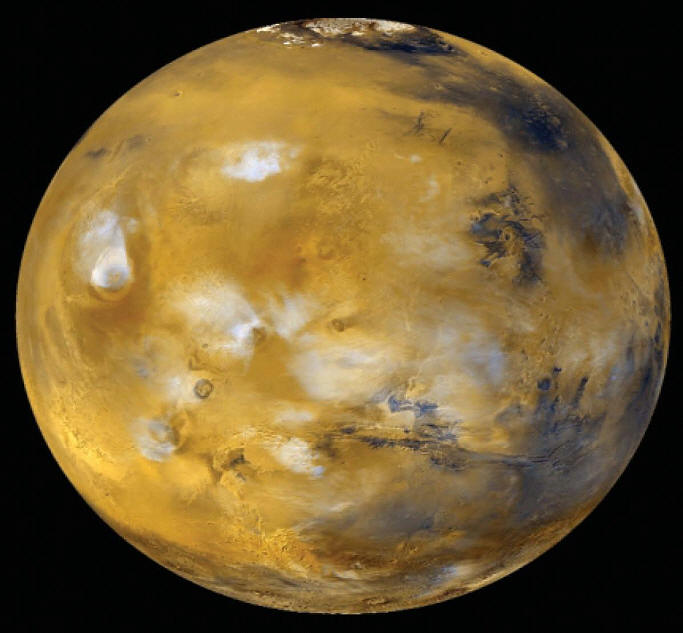
ASTEROIDS
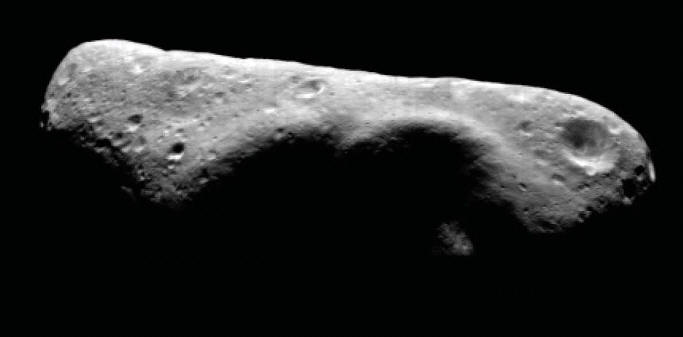
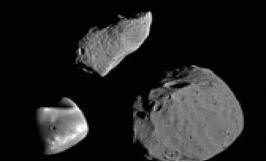
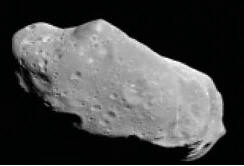
JUPITER
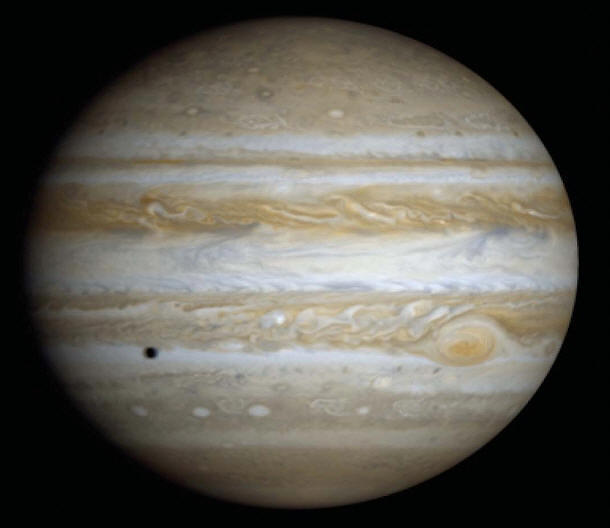
JUPITER'S MOONS
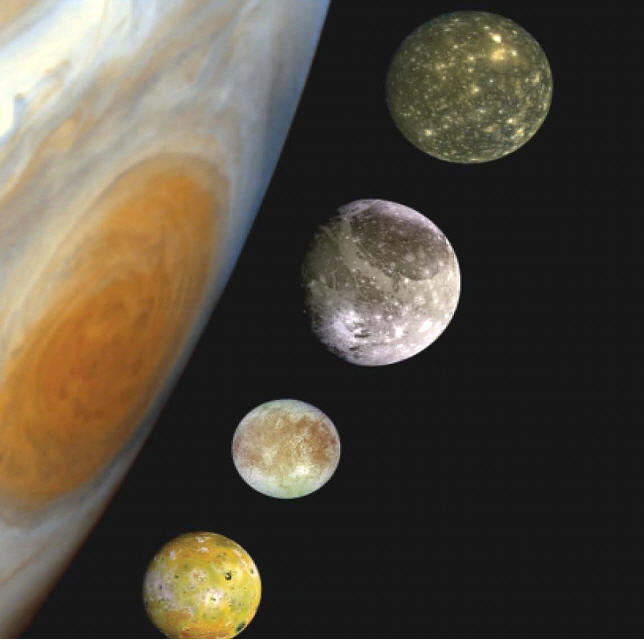
SATURN
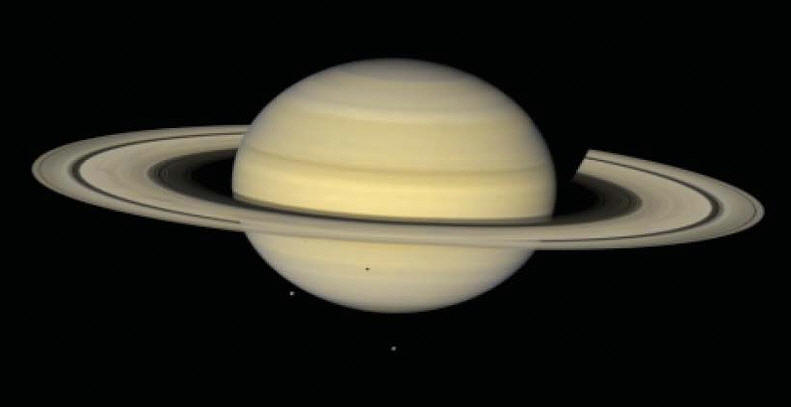
URANUS
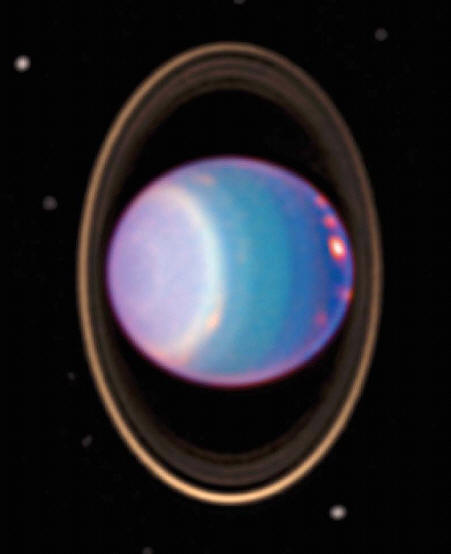
NEPTUNE
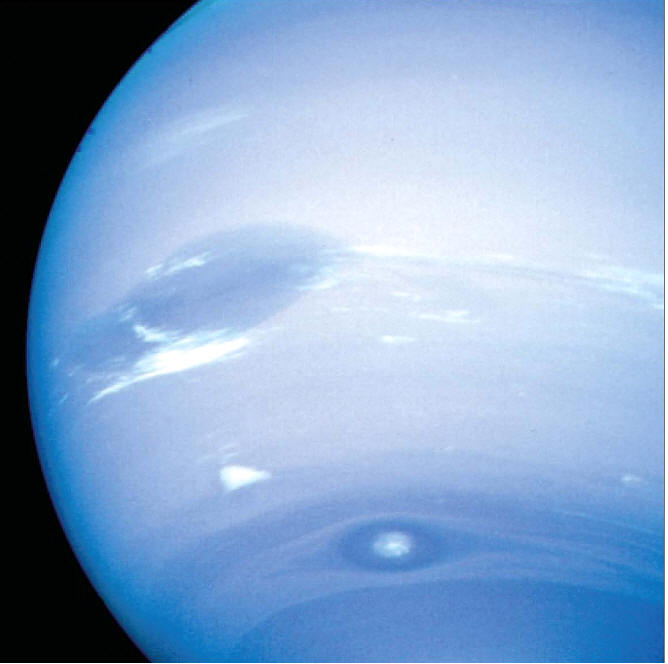
PLUTO
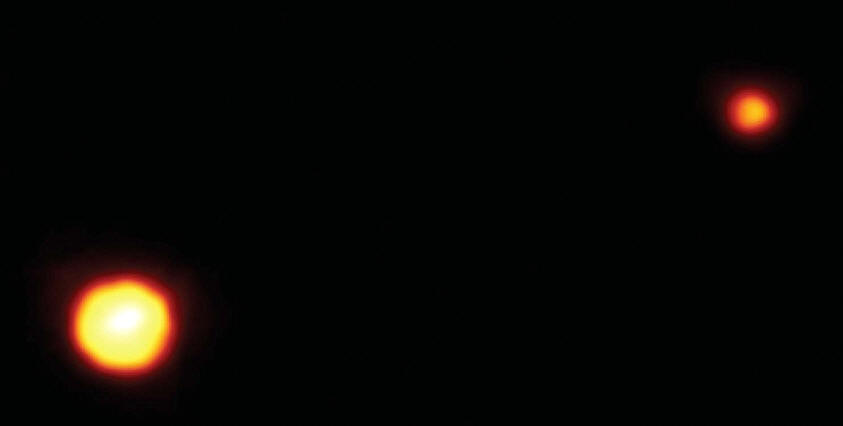
COMETS
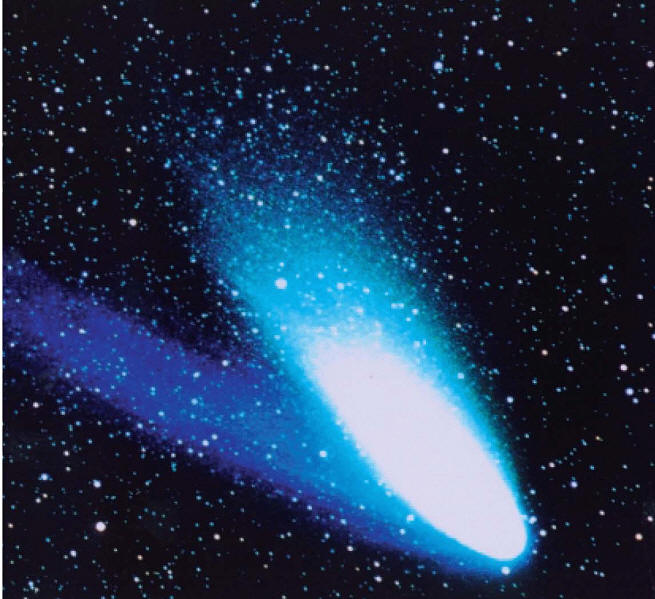
|